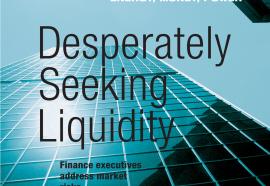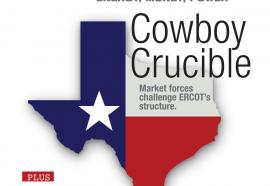Risk Management Forum: Desperately Seeking Liquidity
Troubled markets drive defensive tactics.
The credit crisis has split U.S. utility companies into the haves and have-nots. Companies that planned ahead are enjoying the benefits of liquidity, while the rest are struggling to manage their financial risks in a volatile market. Nevertheless, companies across the sector are cutting spending and deferring projects as they weather the storm.










